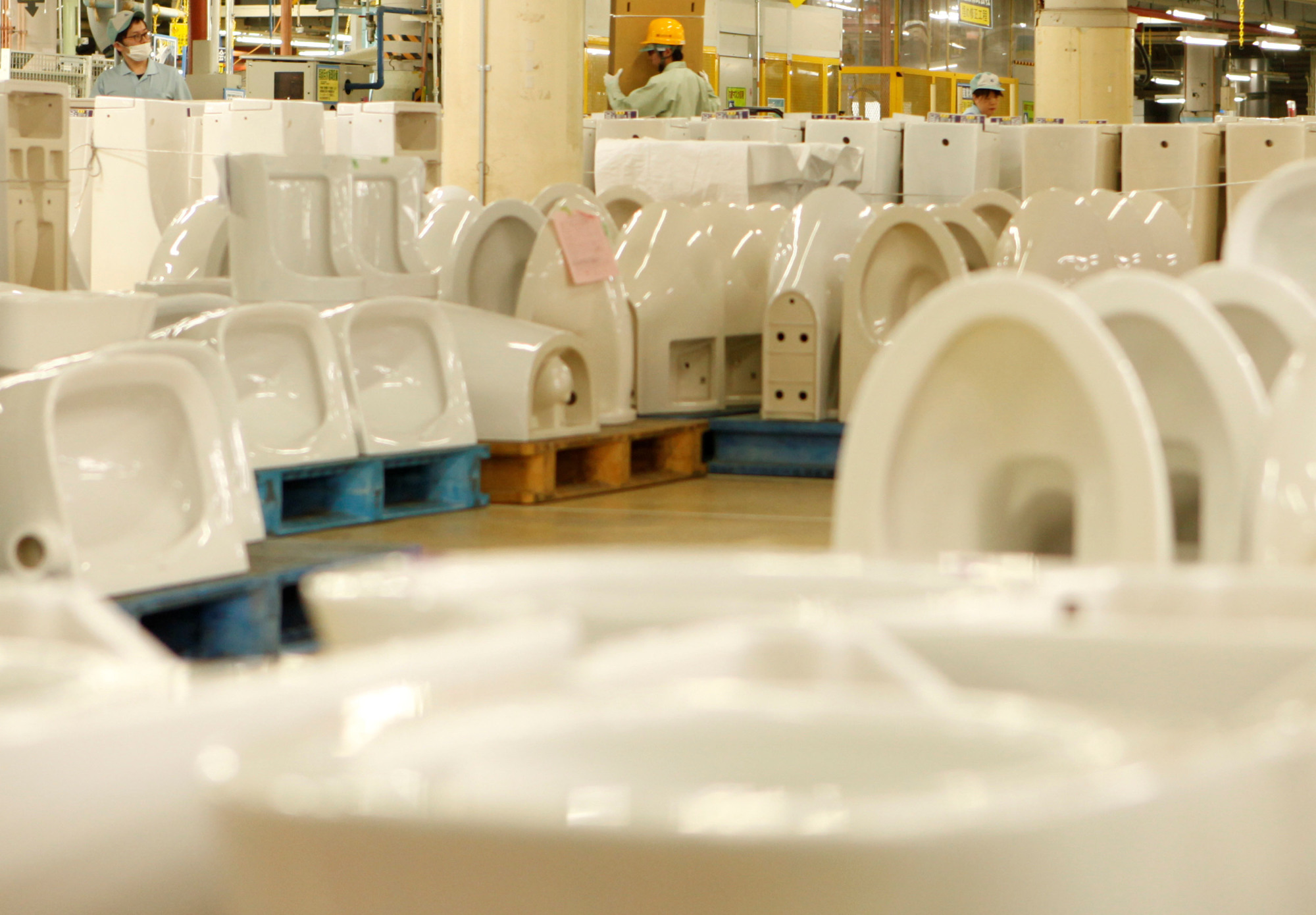On southwestern Miyajima island, Hiroshima Prefecture, a short walk from one of the country's most famous ancient temple sites, there's a brand new attraction for tourists — a state-of-the art public toilet block nearly as big as a tennis court.
The 183-square-meter facility — created jointly by the local municipality and Toto, Japan's biggest toilet-maker — is just one of hundreds that have been spruced up across the country ahead of this summer's Olympic Games in Tokyo, removing old-school squat toilets to welcome foreign tourists.
The challenge is dwarfed by that faced by planners for Tokyo's previous Olympics. Before the 1964 Games, only 20 percent of the city had a sewerage system, pit toilets festooned the city and trucks dubbed "honey wagons" patrolled neighborhoods to suck human waste into tanks for disposal elsewhere.


















With your current subscription plan you can comment on stories. However, before writing your first comment, please create a display name in the Profile section of your subscriber account page.